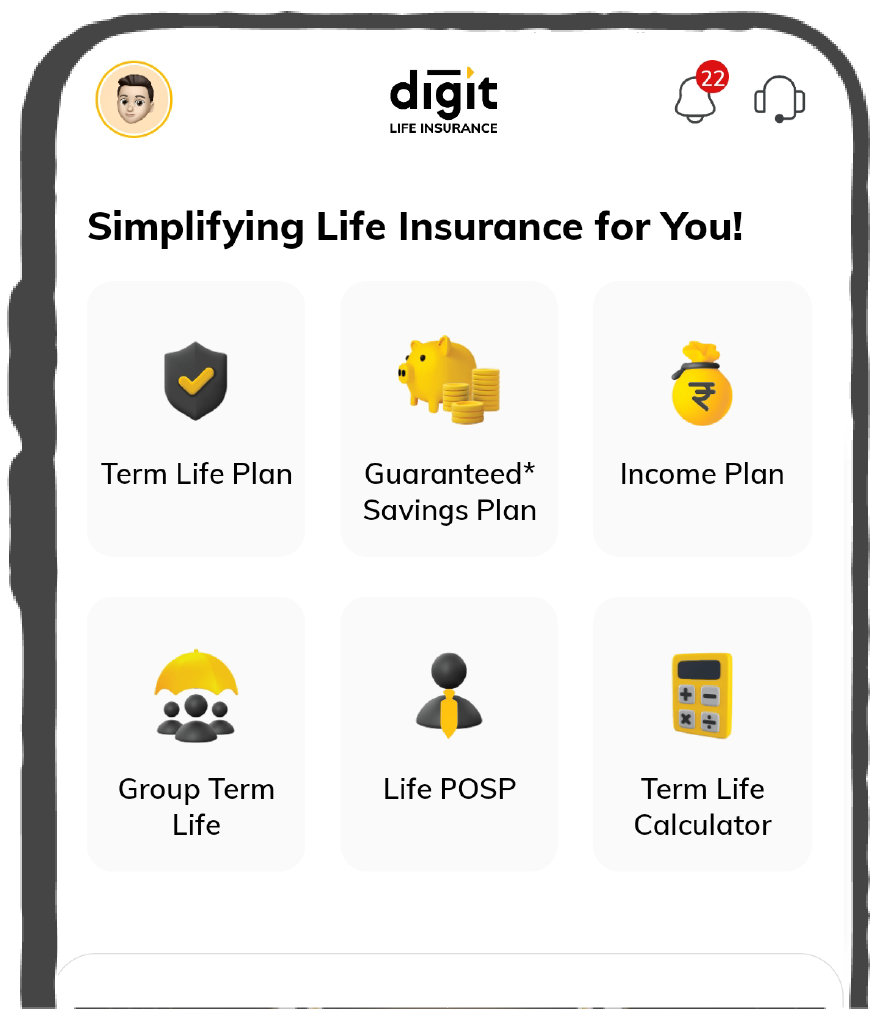Types of Premium Payment in Term Life Insurance

Term insurance plans can be the ideal choice when facilitating financial security for your loved ones in your absence. However, timely premium payments are a must to ensure that your policy keeps providing coverage.
In this regard, life insurance companies offer various types of premium payment options in order to enable policyholders to conveniently pay their insurance premiums based on their income, life goals, and financial plans.
Scroll down for a detailed overview of the different premium payment options available in term insurance!

Table of Contents

Different Types of Premium Payment in Term Life Insurance
1. Regular Premium Payment Option
Key Features:
- Spreads the premium payments over the entire policy term.
- Offers financial flexibility for individuals who prefer periodic payments.
Advantages:
- Suitable for salaried individuals as they choose a payment interval as per their monthly income.
- Makes it more affordable to avail of insurance as policyholders can choose a premium payment frequency as per their financial capacity.
2. Limited Premium Payment Option
Key Features:
- Allows policyholders to complete payments within a shorter duration.
- Premiums may be higher during the payment period as you are paying for the entire policy tenure within a limited time period.
Advantages:
- Enables individuals to finish premium payments earlier while enjoying coverage for the rest of the policy term.
- Ideal for those expecting increased expenses or retirement in the upcoming years.
3. Single Premium Payment Option
Key Features:
- One-time payment for the entire term of the policy.
- Ideal for self-employed individuals with annual income or those who do not want the hassles of recurring payments.
Advantages:
- Negates the worries about future premium payments.
- Removes the possibility of fines and policy lapse due to non-payment of premiums.
- Cost-effective over the long term due to the absence of recurring payments.
Difference Between the Three Premium Payment Options in Term Insurance
Check out the key differences between the various types of premium payment options in the table below:
How to Select the Right Premium Payment Option in Term Insurance for You?
Type of Income
If you are a salaried individual, opting for a regular or limited premium payment option can be ideal. However, the single premium payment option can be more convenient if you are self-employed and have an annual income.Budget
If you have a strict budget, the regular premium payment option can be the best choice. This way, you can equally balance the premium payments throughout the policy period, whether monthly, quarterly, half-yearly, or annual. To help you navigate your options more effectively, consider using a term insurance calculator. This can assist you in estimating your premiums and understanding how they fit into your overall financial plan.
Meanwhile, if you have surplus funds, you can consider the single premium payment option. This will free you from recurring payment liabilities and provide the convenience of having your policy fully paid upfront.
Life Goals
If you have future life goals like getting married, buying a home, building a retirement fund, etc., choose the limited premium payment option. It will enable you to pay the premium for a fixed time period, after which you continue to enjoy the policy coverage while utilising your funds to fulfil your life goals.Total Policy Cost
Insurers often provide discounts when you opt for an annual premium option or a one-time payment. The reason is that it negates non-payment risk at their end while removing a lot of paperwork and administrative fees, the benefits of which are passed on to your end.
Meanwhile, the overall cost of availing of the monthly or quarterly premium payment option can be higher as the insurance company has to spend a lot on setting up recurring transactions, which they charge from you as administrative fees.
Savings vs Convenience
If you have long-term savings goals, it’s better to opt for a single premium payment option, as you do not have to deal with recurring payments throughout the policy tenure. However, regular or limited premium payment options can be ideal if you prefer convenience.FAQs about Types of Premium Payment in Term Insurance
What are the various premium payment options available in term insurance?
How does the regular premium payment option work?
What are the key advantages of choosing a regular premium payment method?
Who should consider selecting the limited premium payment option?
How does the limited premium payment option differ from regular premium payments?
What are the benefits of choosing a single premium payment option?
Is a single premium payment option better for individuals with surplus funds?
How do premium payment options affect the overall cost of term insurance?
Can I switch between premium payment options during the policy term?
What are the tax benefits associated with different premium payment options?
What is the most commonly chosen premium payment option?
How can a ₹1 crore term insurance policy affect premium costs?
Should I Opt for Monthly or Annual Payment for Health Insurance and Term Insurance Premiums?
The choice between monthly and annual premium payments depends on your financial situation, cash flow, and long-term planning. Here’s a breakdown to help you decide:
- Monthly Premium Payments - People with tight monthly budgets or irregular income (e.g., freelancers, small business owners)
- Annual Premium Payments- Salaried individuals or those with stable income and savings
If you can afford it, annual payments are more cost-effective in the long run for both health insurance and term insurance. However, if cash flow is a concern, monthly payments ensure you stay protected without financial strain.
Other Important Term Insurance Guides
Other Important Articles Related to Term Insurance










